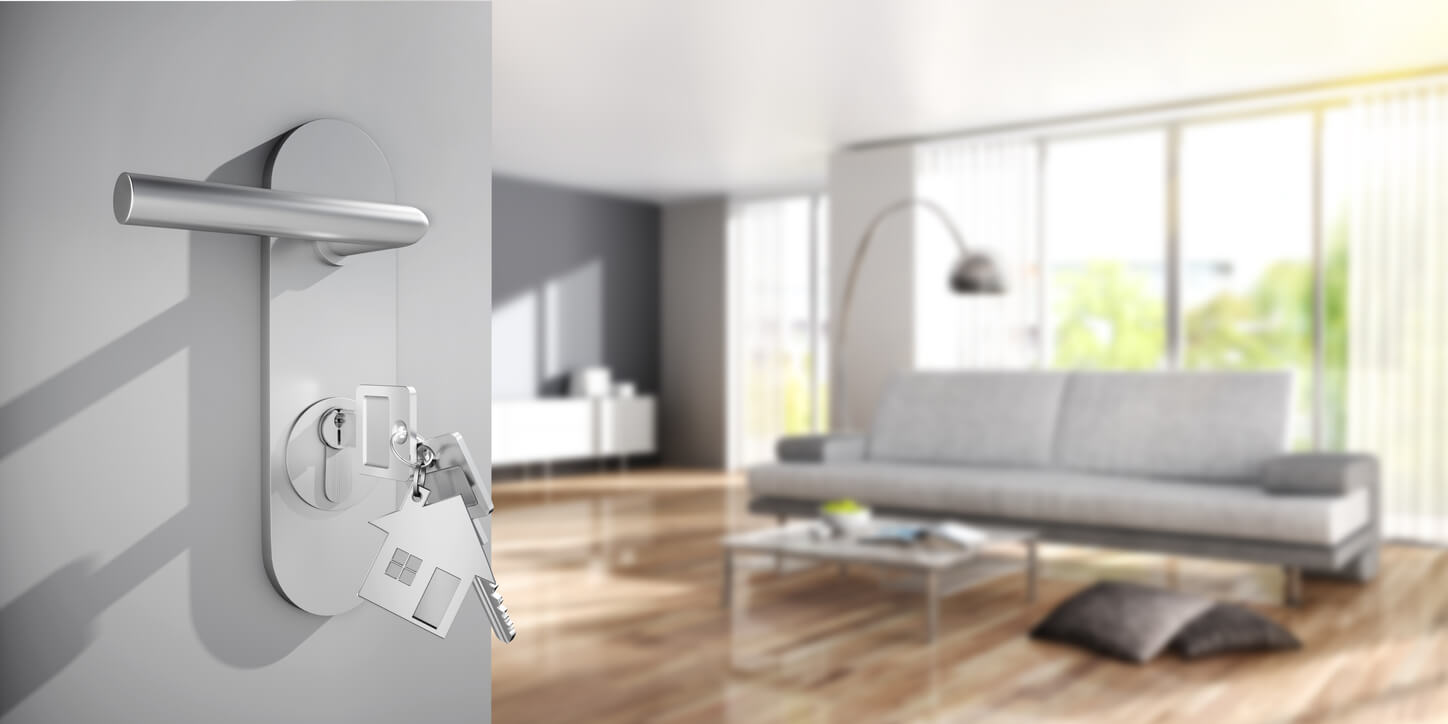With the summer months fast creeping up, many landlords are turning their attention to the landscaping they need to do on their properties to keep them looking their best. Curb appeal is a critical part of any rental property. Whether you’re renting to families or singles, you want to create an attractive property that will attract potential renters from the moment they walk up–or, equally importantly, help keep your current renters comfortable and happy in their properties. Try these tips to keep your properties looking their best this summer.
1. Know How Much Water Your Grass Needs
It’s best to water your grass in the morning, when possible. During the hottest part of the day, water may evaporate before the grass has a chance to absorb it properly–and in some cases, the grass may even shut down, not taking in the water that it needs until the weather cools down. Water in the evening, and you may end up with mold and rot in your grass. Set a schedule that includes watering when necessary.
Keep in mind, too, that how much water your grass needs will vary based on the type of grass and your region. Some grasses naturally need more water, while others can get by just fine on a little less. If needed, consult a lawn care professional to learn more about what your grass needs to look its best.
2. Clearly Designate Who’s Responsible for Mowing
Are your tenants responsible for taking care of mowing themselves? Do you want to hire a lawn care professional to come in and take care of mowing? Clearly establish the rules for who’s responsible for the mowing and when it needs to be taken care of. You don’t want to allow your grass to become overgrown, which can diminish curb appeal.
If you’re responsible for mowing, make sure your tenants know when you’ll be by to take care of the mowing (or when the professionals you’ve hired will be there to do it). Try setting a schedule–though of course, summer storms, rain showers, and drought can all disrupt your carefully laid plans! Make sure your tenants know when to expect you so that you aren’t violating their privacy or preventing them from using the yard when they need it most.
3. Take a Look at the Landscaping After Any Major Storms
Look for dangling limbs, dead trees, or any shrubs that need to be taken care of. Ideally, you want to take care of those dangerous limbs before they pose a more serious problem to the property–including a limb or tree falling on the house! If you have quality, trustworthy tenants, you may have them go out and take a look at the property for you after a storm, but when in doubt, go ahead and check out the exterior of the property yourself to ensure that there aren’t any hazards that need to be taken care of.
4. Trim Back Hedges and Shrubs at the Beginning of the Season
If you didn’t take care of basic property maintenance during the winter months, you may want to go ahead and take care of them as early in the summer as possible. A neat, orderly lawn doesn’t just look better if you need to show the property to new tenants, it can help your existing tenants get more enjoyment out of the property, too.
5. Fertilize the Lawn and Plants That You Want to Continue Growing
If you’re having trouble getting the lawn to grow, consider fertilization or aeration. These simple steps can help bring more life to the property, making it brighter and more enjoyable. There’s nothing quite like beautiful green grass to make your property look its best–so choose a fertilizer that will help the grass keep growing.
6. Choose the Right Plants for Landscaping
If you have a tenant in the property, you may want to invite them to help you choose the drought-tolerant plants and shrubs that will brighten up the property and have it looking its best. On the other hand, if you don’t have a tenant, visit a local nursery and choose tolerant plants that can handle the hot summer temperatures with ease. Consult a worker at the nursery to learn more about which plants require more attention: since you’re sprucing up a rental property, you may not want to have to worry about intensive plant maintenance.
7. Remove Weeds From the Lawn
Grass can’t thrive in the presence of weeds–and in many climates, weeds quickly take over, leaving you with a lawn that looks patchy and sparse–not to mention covered in your native weeds. Take the time to pull out those weeds to help your lawn look its best. Remember that you’ll have to dig those plants out by the roots: if the roots remain, weeds will simply sprout right back up again.
8. Consider Bringing in a Lawn Care Professional, If Needed

Keeping up with one lawn is more than enough responsibility for many people. Whether you live far away from your rental property or you simply don’t want to have to worry about taking on those tasks yourself, consider contacting a lawn care professional. Some companies will give discounts for landlords who have them looking after multiple properties. A lawn care professional can handle basic mowing, watering, and weeding tasks or even come in and completely reconstruct the lawn, from choosing the plants and bushes that decorate the lawn to keeping up with the flower beds or minimizing the weeds. Discuss the packages and options offered by a local lawn care professional to find the one that fits your needs.
Learn More About Summer Landscaping
Lawn care can be challenging, especially during the summer months. With these strategies, however, you can keep your rental property looking its best. Not only will your tenants appreciate a lawn that is cared for and ready for them to enjoy throughout the summer, but you’ll also find that a neat, tidy lawn enhances curb appeal and makes your property more desirable for other renters in the future. Contact us to learn more.



































